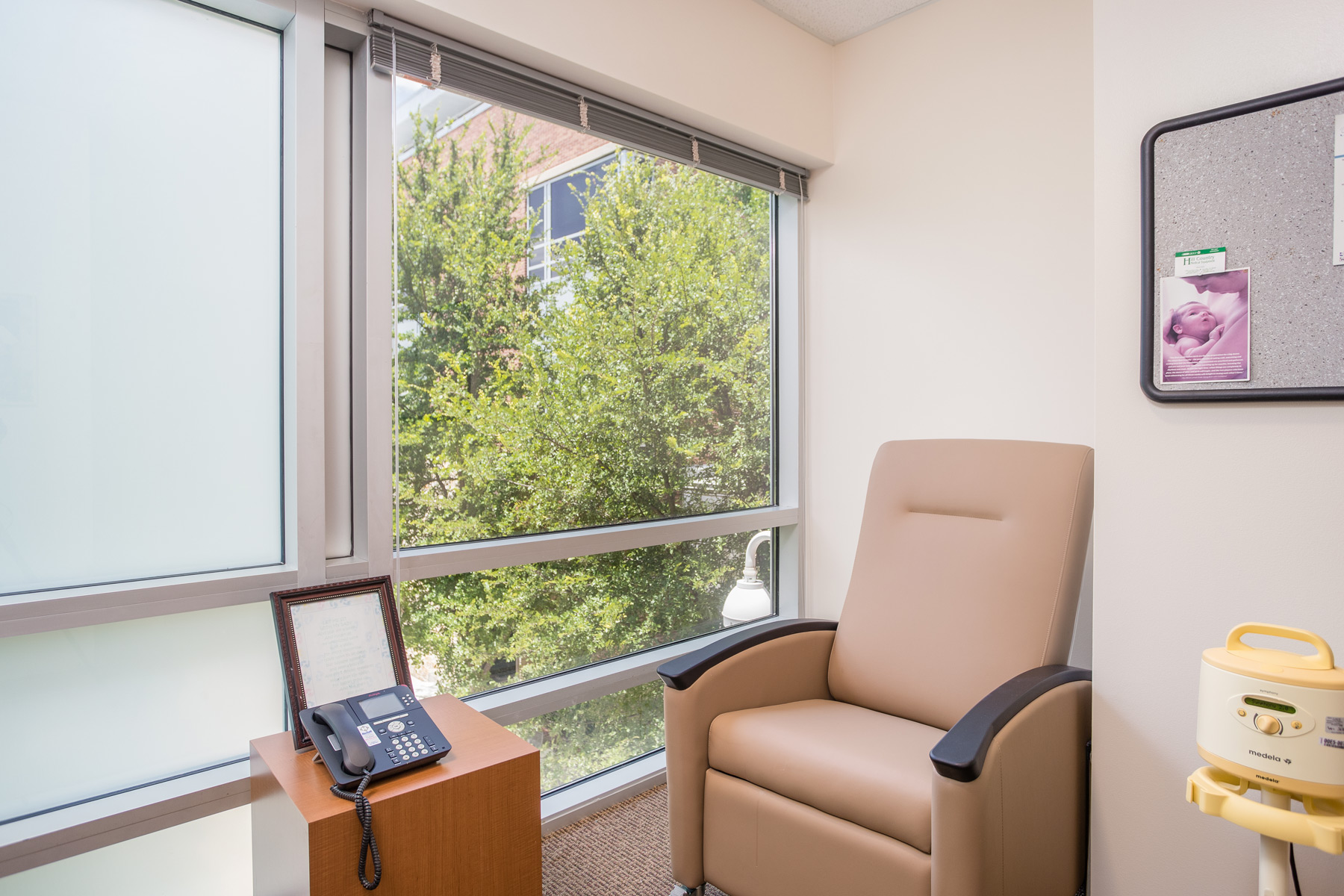
Postnatal care: mom’s needs after birth
Mom should make sure she has plenty of sanitary pads and help at home. Most women have some soreness and discharge after vaginal delivery, and a few days of lingering pain after a C-section. This should improve within days, so be sure to ask your doctor if it gets worse. Mom and dad or other caregiver should rest when possible, sleep when baby sleeps, and rely on their network of support. Also know that if you get nothing done other than holding, feeding and caring for your baby, it’s more than enough. It’s great.
Breastfeeding

If you’re breastfeeding, you’ll be glad to have a high-quality breast pump, and many insurance plans cover these. Ask The Baby Place lactation consultant for assistance with this if needed. You’ll also want bottles for milk storage if you’re pumping, and every nursing mom should have nursing pads, bras and tops. If you are struggling with breastfeeding at home, please don’t hesitate to contact our lactation consultants for advice. Breastfeeding is something both mom and baby have to learn, and it gets better with practice, so don’t be discouraged!
Surviving the first days of parenthood
Follow your baby’s cues. Babies have a way of making their needs known. They need held, fed and changed. They need you to talk and sing to them. They need to be cleaned up regularly, and they’ll probably need a lot of laundry. Mostly, they need you to love them. The rest will work itself out.
Parenting for the first time is overwhelming. You went to school for years to become a functioning adult, and now someone hands you a human life to care for after a couple of days of spotty instruction. As for having a second or subsequent child, figuring how to incorporate your newest addition to the lives of your other children is overwhelming, too. Get rest. Laugh. Cry. Maintain a sense of humor. Millions of parents have figured this out. You will, too.
Normal postpartum hormonal changes and a sleep-deprived state of mind will make moms (and dads) prone to some degree of emotional upheaval. This is normal, but most parents dry their eyes, regain their perspective and parent with valor. However, some moms experience a medical condition called Postpartum Depression (PPD). This can be a serious condition requiring quick attention and treatment. If you can’t stop crying, are having trouble gathering the will to care for your baby or yourself, or have thoughts of harming yourself, the baby or others, contact your doctor immediately. Medication and counseling can help women overcome PPD and move on successfully.
A crash course in parenting
If you feel unprepared for parenting, you don’t need to struggle alone. Peterson Health offers parenting courses that go beyond what you learn in the hospital. If you’re interested in these classes, call (830) 258-7444. See the course schedule and descriptions on our events calendar.
Birth certificates
When you’re still in the hospital, you’ll have the opportunity to fill out some paperwork to get the baby’s birth confirmation letter, which starts the process for the baby’s birth certificate. If you’re married, this process happens easily. If you and the baby’s other parent are not married, and you want the baby to have the other parent’s last name, you’ll both need to be present in the hospital room with IDs to fill out the Acknowledgement of Paternity (AOP) form. Once you both fill out and sign the paperwork and show your IDs, the birth confirmation letter and birth certificate can show the name as you prefer it. If, for example, mom and dad are unmarried and dad is not present with ID to sign the AOP, the birth certificate will be processed with just mom listed as parent and baby as having mom’s last name.
Once you fill out the birth certificate paperwork, the hospital will send that to the state, who will complete and mail you the birth certificate … If you’d like to get dad’s name on the birth certificate after the hospitalization, follow the instructions from the Texas Bureau of Vital Statistics at https://www.dshs.texas.gov/vs/reqproc/amendparentage.shtm.
Post-partum follow-up
After giving birth, whether vaginally or by C-section, women need follow-up care. Most providers want to see mom about two weeks after birth to check in, and six weeks after birth for a full post-partum exam. These appointments help spot any problems, answer questions, and make sure mom’s body is recovering from childbirth and returning to “normal.” These post-partum visits are an excellent opportunity for you to ask questions about your recovery, how you’re feeling physically and emotionally, and about birth control or future pregnancies.
Likewise, baby will need an appointment with his or her pediatrician or family doctor in the first week after birth and then at regular intervals throughout the first year. Your baby’s doctor can tell you how often to come in that first year. At these appointments, baby’s doctors will check baby’s development, weight gain and health, and recommend any additional services that could be helpful. In addition, your baby’s doctor’s office is who you call if baby gets sick or you’re worried about baby’s symptoms. Develop a good relationship with your baby’s doctor – he or she could be your partner in parenting for the next couple of decades!

